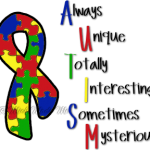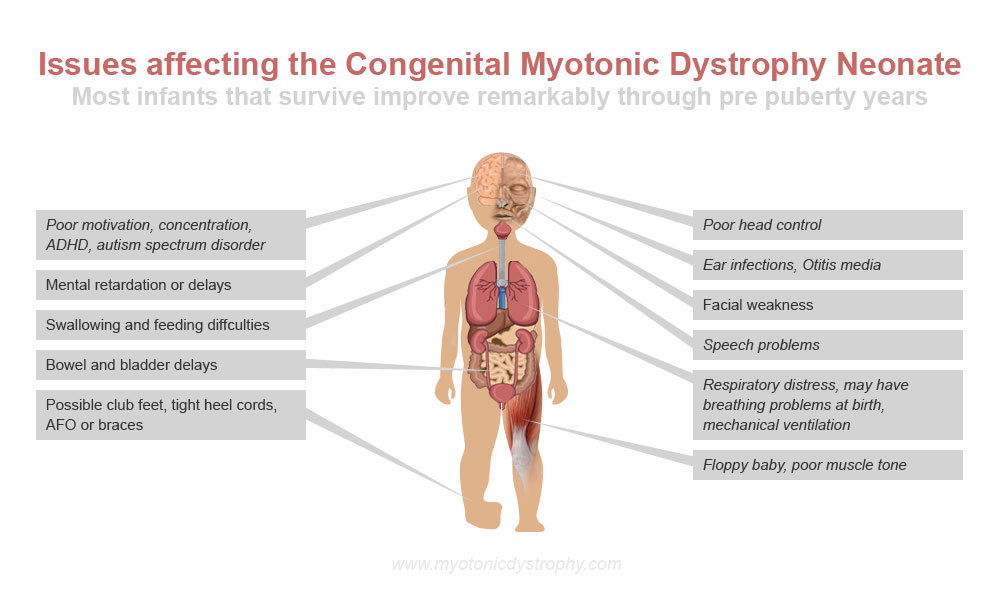Many Children and some adults may have autistic like tendencies or autism. Several studies have indicated that ASD or autism like behaviors are present in there children. It could be your child only a few of these symptoms. IT could be they have quite a few of them. You will need a multidisciplinary team to do a formal assessment. However, as a parent you can get a sense of whether or not your child has some of these tendencies. This information is from Autism Speaks. Here is some additional information to consider:
Symptoms
What Are the Symptoms of Autism?

Autism spectrum disorders (ASD) are characterized by social-interaction difficulties, communication challenges and a tendency to engage in repetitive behaviors. However, symptoms and their severity vary widely across these three core areas. Taken together, they may result in relatively mild challenges for someone on the high functioning end of the autism spectrum. For others, symptoms may be more severe, as when repetitive behaviors and lack of spoken language interfere with everyday life.



